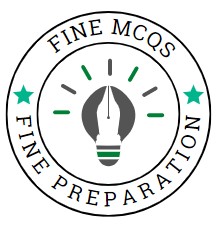41. Which of the following planets have no moon?
(a) Pluto and Mercury
(b) Mercury and Venus
(c) Mars and Venus
(d) Pluto and Mars
42. Which is the densest planet of the solar system?
(a) Sun
(b) Jupiter
(c) Mercury
(d) Earth
43. Phases of the Moon are caused by
(a) The Revolution of Earth
(b) The Revolution of Moon
(c) Rotation of Earth
(d) Rotation of the Moon
44. In which year did man first step out on the moon?
(a) 1961
(b) 1965
(c) 1969
(d) 1971
45. How many times is the sun bigger in size than the earth?
(a) 69 times
(b) 89 times
(c) 99 times
(d) 109 times
46. The only planet whose day is longer than its year is–.
(a) Mars
(b) Venus
(c) Uranus
(d) Neptune
47. Which one of the following conditions is most relevant for the presence of life on Mars?
(a) Atmospheric composition
(b) Thermal conditions
(c) Occurrence of ice caps and frozen water
(d) Occurrence of ozone
48. The mean distance from the earth to the Sun is–.
(a) 450 million km
(b) 250 million km
(c) 150 million km
(d) 14 million km
49. Which one of the following planets contains the ‘Great Red Spot’?
(a) Saturn
(b) Mars
(c) Jupiter
(d) Pluto
50. ‘Blue dwarfs’ and ‘Red giants’ refer respectively to–.
(a) Pigmies and the Caucasians
(b) Young stars and old stars
(c) Old stars and young stars
(d) Native and hybrid varieties of milch cattle

